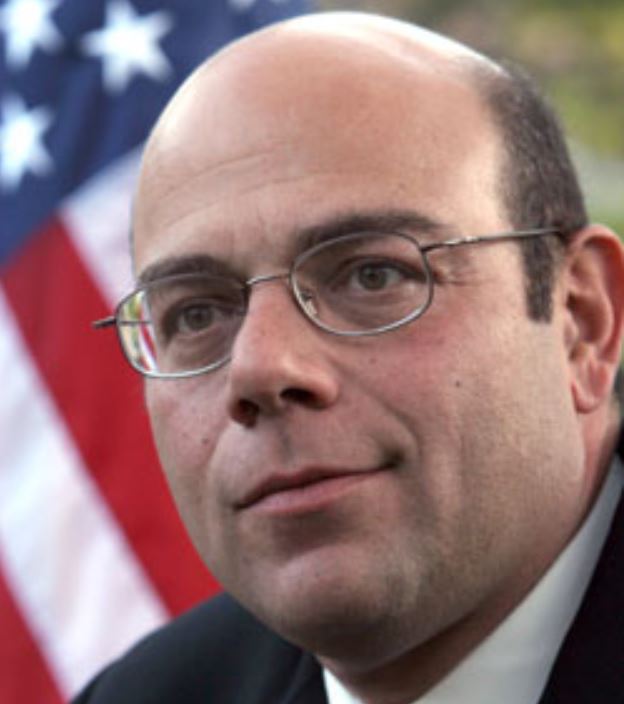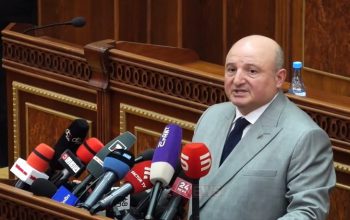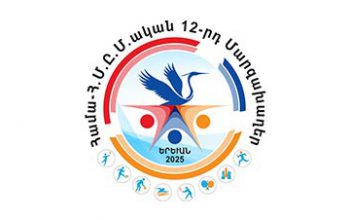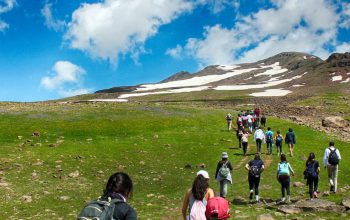By Garen Yegparian
The rays I’m discussing are so different that they might as well have emanated from Sol and Earendel. Nevertheless, as different as they are, they are still hope-inspiring and we, the Armenian nation, need every bit of hope we can get at this juncture.
The first of these rays struck my retina upon attending two events with Siranoosh Sahakian, the human rights attorney who, as the lead of a team of seven comprising the International Comparative Law Center (ICLaw) in Yerevan, is holding Azerbaijan’s feet to the fire regarding the hostages Baku has been taking during and since the 44-day war. These were organized by the Armenian Legal Center, based in Washington, D.C., and the Armenian Bar Association.
ICLaw has compiled lists of the Armenians taken hostage by Azerbaijan and been instrumental in securing the release of most of them. There are still twenty-three being held in Azerbaijan’s prisons, being tortured, raped, and otherwise abused. ICLaw has also documented another 85 hostages that Baku refuses to acknowledge holding. The latter’s existence is supported by extremely detailed proof gleaned from social media and other AZERI sources along with witness testimonies demonstrating that Baku did indeed capture these individuals. All of this information is used by ICLaw in its suits filed with the appropriate European and U.N. courts. Most interesting is that even if the government of the Republic of Armenia decides to withdraw the suits it has filed, AS A STATE, against Azerbaijan as part of its policy of appeasing Baku through the so-called “peace negotiations”, the suits filed by ICLaw will persist. They will serve not only as a means of securing justice for the individuals (former and current hostages), but also as a way of publicizing Azerbaijan’s heinous misdeeds in political, media, and international circles.
The Armenian Legal Center, based in Washington, D.C. has been cooperating with ICLaw and filing suits of its own under U.S. law, the Global Magnitsky Act. It and the Armenian Bar Association, whose members also contribute their legal talents to the U.S. based filings, organized Sahakian’s recent visit and are fundraising for continued legal action, both Yerevan and Washington based. If you can donate, please do so here, or send a check to Armenian Legal Center for Justice and Human Rights; 1711 N St, NW; Washington, DC 20036; USA.
Moving to the second ray of hope carries us back in time. An exhibition of Armenian rugs, put together by Hratch Kozibeyokian, at the Armenian Arts Center (250 N. Orange St., Glendale, CA) was very heartening to me. This almost lost aspect of Armenian culture is deserving of far more attention than it usually gets. There exists an Armenian Rugs Society, with whose doings I am unfamiliar. But the themes and meanings embedded in the motifs woven into our rugs are a vital link to our nation’s earliest days. Understanding these and seeing the mostly pre-Genocide examples of this art form can serve as the basis of future weaving efforts. If you can, go see this exhibit, running through October 19.
And, there’s even a potential third ray of hope I learned about from a friend I encountered at the rug show, who has been researching a century-plus old junction of things Armenian with things American (specifically, the U.S.A.). He doesn’t want this story publicized yet, but if he manages to find the scattered snippets of data he’s painstakingly seeking and compiling, the news will be on the scale of the reemergence of the Armenian orphan rug given to President Calvin Coolidge in 1925, then lost to the public eye until 2014.
It’s time for all of us to get off our individual and collective rumps and start generating rays of hope until we have enough of them to constitute a laser capable of restoring ALL Armenian rights.
Garen Yegparian (20241007)




